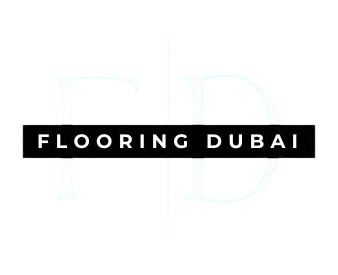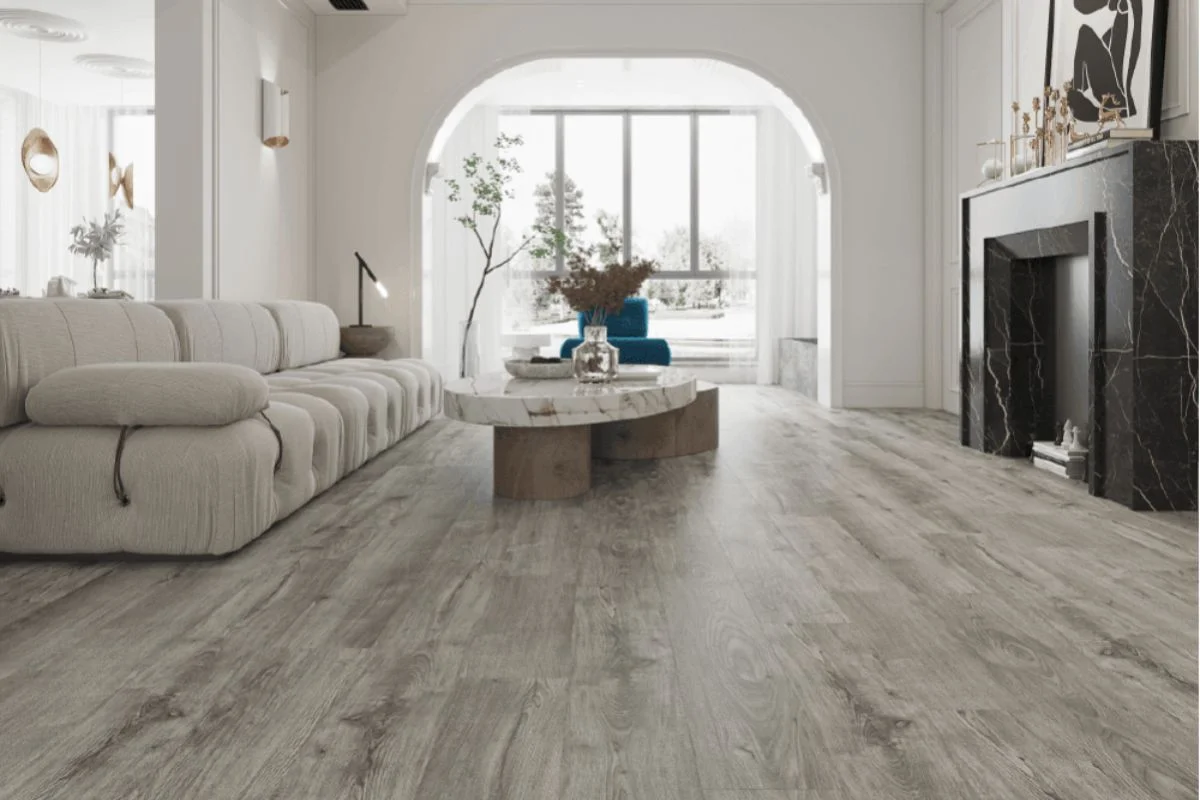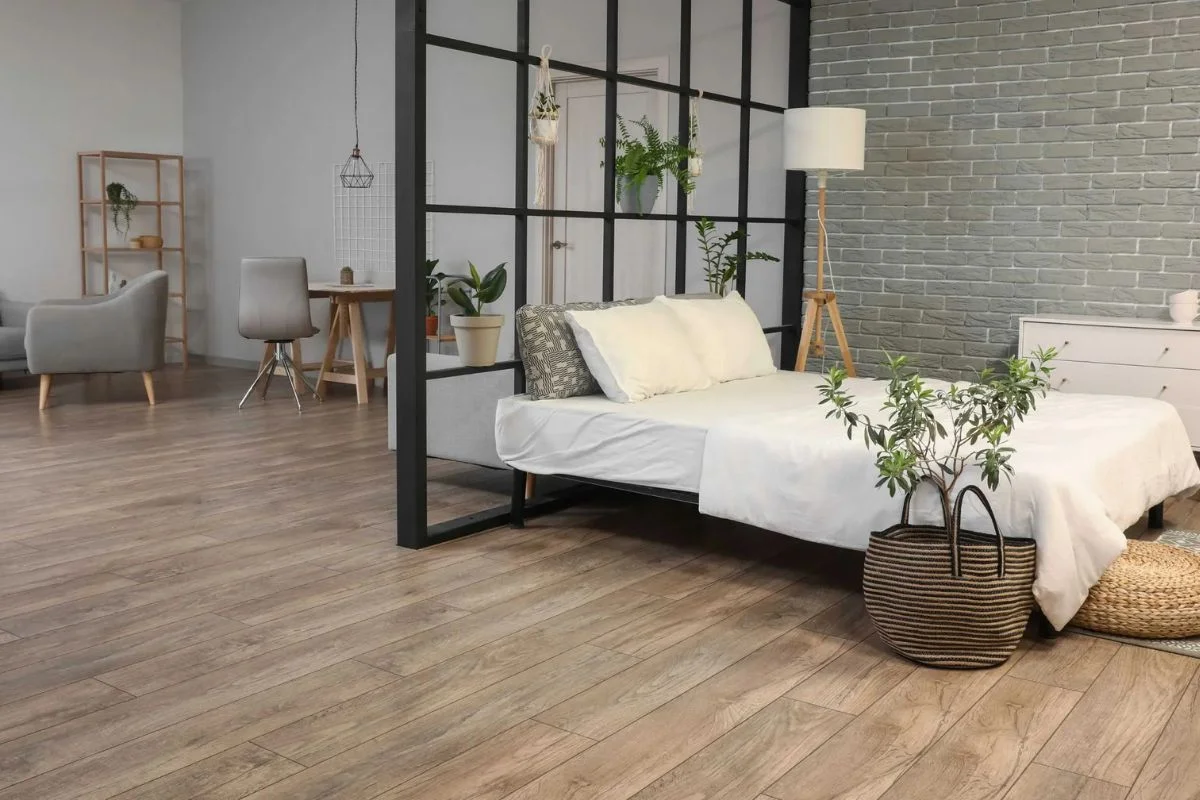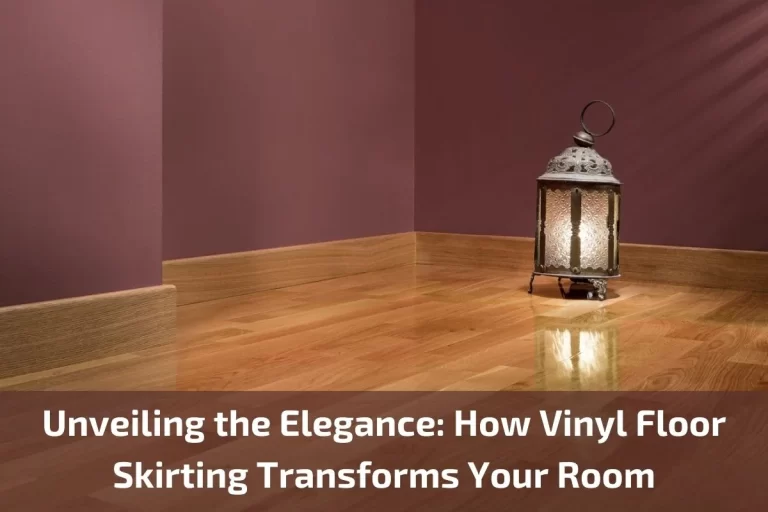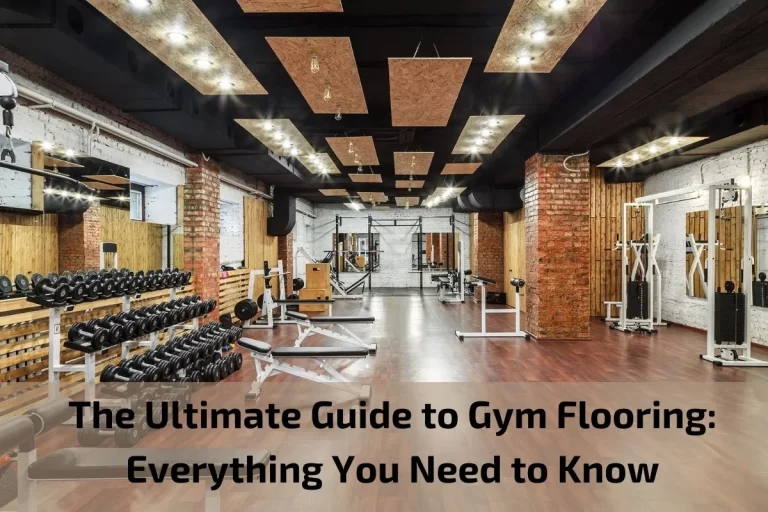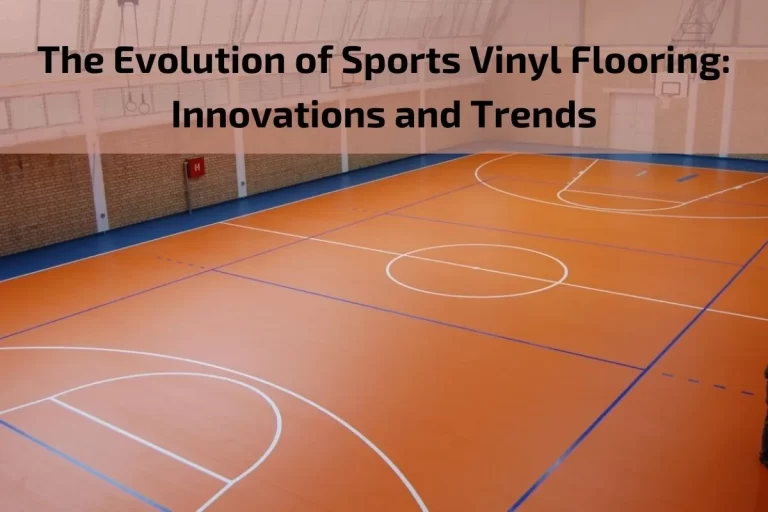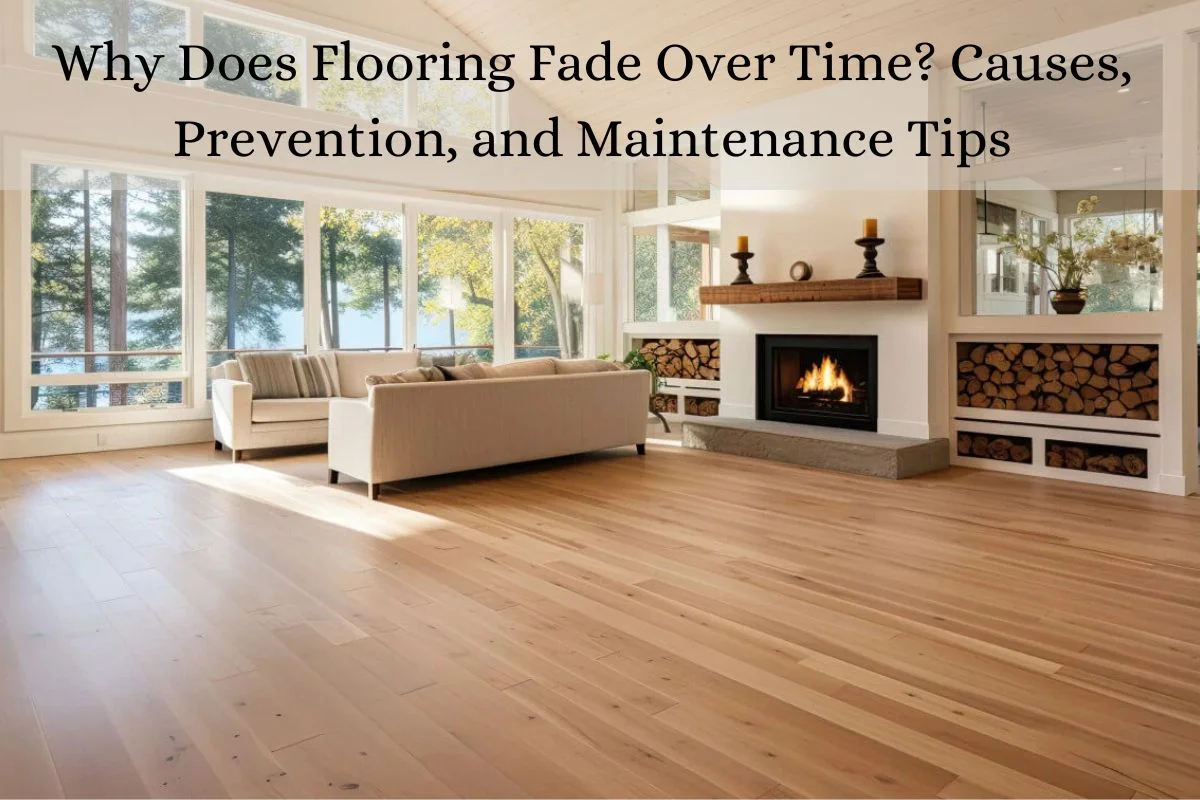
Flooring is an essential component of any home or business, providing both style and functionality. However, over time, many types of flooring begin to show signs of wear, with fading being one of the most common issues. Whether it’s the result of sunlight, foot traffic, or improper maintenance, fading can dull the appearance of your floors and reduce their overall lifespan. In this guide, we’ll explore the primary causes of floor fading, offer tips on how to prevent it, and provide effective maintenance strategies to keep your floors looking vibrant for years to come.
Understanding Floor Fading
Fading occurs when a floor’s color or finish dulls or changes due to exposure to certain elements, leading to a loss of its original vibrancy. All flooring types, from hardwood to carpet, can experience fading over time, but the causes vary. Natural aging is a factor, but external elements like sunlight, moisture, and foot traffic can accelerate the process. For example, hardwood can lose its rich hue from UV exposure, while carpets might fade in areas of high foot traffic. Understanding these changes helps you determine if fading is due to normal wear or external factors needing attention.
Causes of Flooring Fading
Several factors contribute to flooring fading. Sunlight exposure is one of the most significant culprits. Ultraviolet (UV) rays break down pigments in flooring materials, leading to color changes, especially in hardwood, carpet, and vinyl. Foot traffic can also cause wear, particularly in high-traffic areas, dulling the finish over time. Chemical exposure, from harsh cleaning agents or spilled substances, can degrade the color or finish of floors. Moisture and humidity affect floors like wood and laminate, causing warping or fading. Additionally, improper installation or inadequate care can result in uneven fading, especially in newer floors.
Preventing Floor Fading
To prevent fading, it’s crucial to reduce exposure to harmful elements. Window coverings, such as curtains, blinds, or UV-blocking films, can protect floors from excessive sunlight. Area rugs and mats are perfect for high-traffic areas, shielding the floor from direct foot impact. Regular cleaning also helps—dust and dirt can scratch or wear down the finish, contributing to fading. For added protection, floor protectors like felt pads for furniture legs reduce friction. Choosing fade-resistant flooring materials—such as those with UV-resistant coatings—can make a significant difference in how well floors hold up over time.
Maintenance Tips to Reduce Fading
Proper maintenance is key to extending the life of your floors. For hardwood or laminate floors, resealing or refinishing them periodically creates a protective barrier that can prevent fading. Using appropriate cleaning techniques is crucial: avoid harsh chemicals that can strip the finish. Instead, use pH-neutral cleaners that are gentle on the material. In areas prone to moisture, maintaining a balanced humidity level prevents wood floors from warping and fading. Finally, keeping furniture pads and rugs in place protects high-use areas, reducing wear. A consistent maintenance routine will keep your floors looking new for longer.
Long-Term Care for Fading Prevention
For long-term care, it’s important to stay proactive in restoring the look of your floors. Re-staining or re-coloring hardwood floors is an excellent option if fading has dulled their appearance. For laminate or vinyl floors, resealing them with protective coatings can rejuvenate their finish. Consider using protective coatings like wax or floor finishes, which provide an extra layer of defense against fading caused by sunlight or wear. Regularly inspecting your floors for signs of fading ensures that small issues are caught early before they worsen. These ongoing efforts can greatly extend the life and vibrancy of your floors.
Choosing Fade-Resistant Flooring Materials
Selecting the right flooring materials plays a significant role in preventing fading. Materials such as vinyl and ceramic tile are naturally resistant to UV damage and won’t fade as quickly as wood or carpet. Dark-colored flooring can help hide fading in the long term, as it’s less noticeable than light shades. UV-protective finishes are also available for wood and laminate floors, providing added resistance against the sun’s harmful rays. When choosing new flooring, consider opting for fade-resistant options that are specifically designed to stand up to sunlight and wear, ensuring they stay vibrant for longer.
How Fading Affects the Value of Your Property
Floor fading can significantly impact the aesthetic appeal of a space, which in turn can affect its overall property value. Potential buyers or tenants might view faded flooring as a sign of neglect or aging, which can reduce their interest. Well-maintained floors, on the other hand, contribute to a home’s curb appeal and value. Flooring that shows signs of fading may require additional investment to restore or replace it. By keeping your floors looking fresh, you not only maintain their functionality but also protect your property’s value, ensuring it remains attractive to future buyers or renters.
When to Replace Faded Flooring
Sometimes, despite efforts to prevent fading, flooring can become so worn that replacement is the only viable option. If the fading is severe and no amount of refinishing or restoration can bring back the vibrancy, it’s time to consider a new floor. Similarly, if fading is caused by irreversible moisture damage or chemical exposure, patching or repairs may not provide long-term solutions. Evaluate the cost of restoration versus replacement—sometimes replacing the floor entirely can be more cost-effective in the long run. Professional advice can help you decide when it’s time to invest in a new floor.
Case Studies or Practical Examples
Examining real-world case studies can provide valuable insights into how fading can affect floors and how different maintenance strategies work. For instance, in a high-traffic office, carpets might fade in areas where employees walk regularly. Using mats or rotating furniture placement could reduce this wear. In a home exposed to direct sunlight, installing window treatments, combined with hardwood floor refinishing, could prevent severe fading. These examples show how simple changes in cleaning habits, maintenance, and environmental factors can help preserve flooring over time, making your own floor care plan more effective.
Conclusion: Protecting Your Investment
Protecting your flooring investment requires ongoing care and attention. By understanding what causes fading and taking proactive steps to prevent it, you can ensure that your floors remain vibrant and functional for many years. Choosing the right materials, maintaining a regular cleaning and sealing schedule, and using protective coverings are all vital in preserving your floors. With these strategies in place, you can enjoy beautiful floors that enhance the aesthetics and value of your home or business, minimizing the impact of fading and maximizing their longevity.
